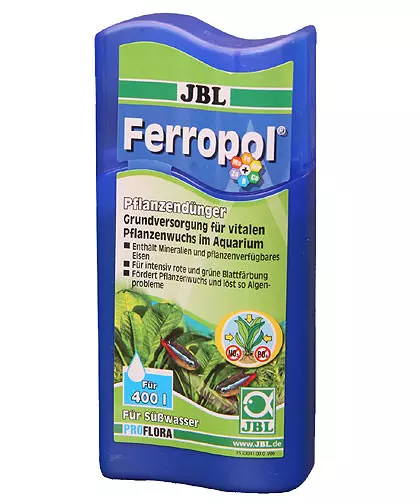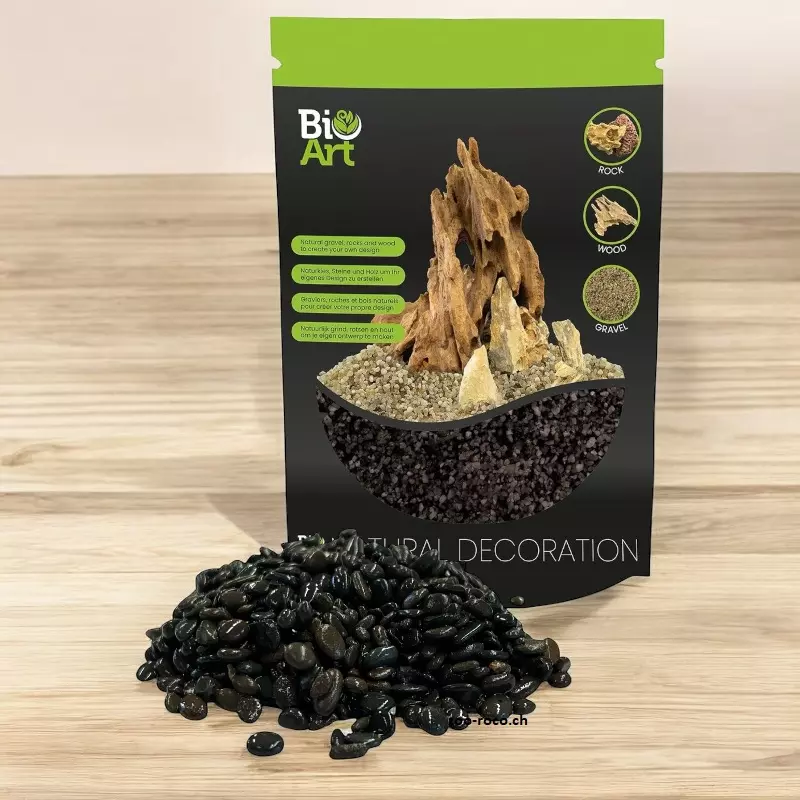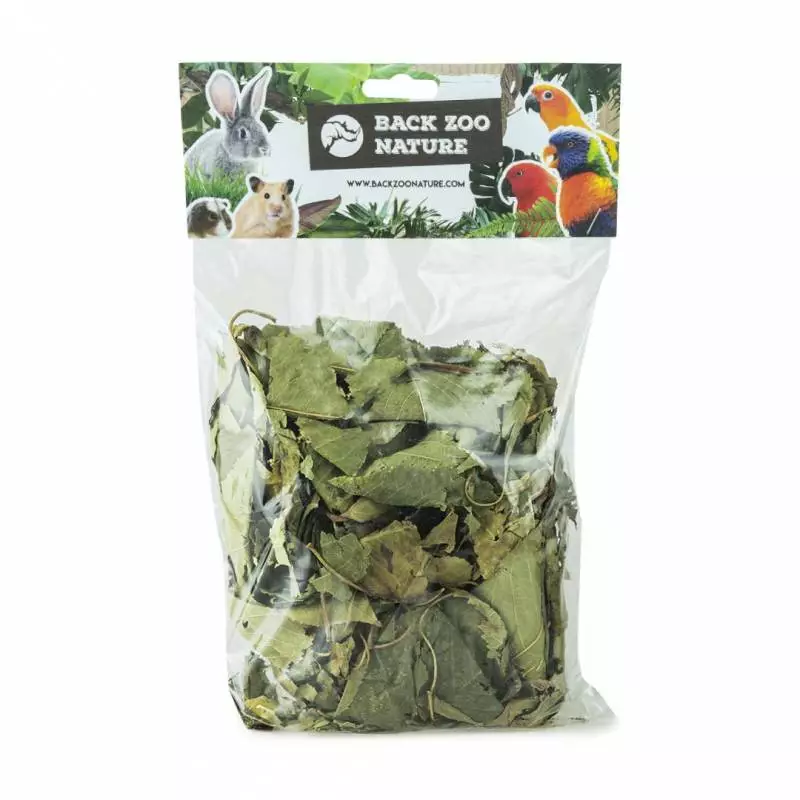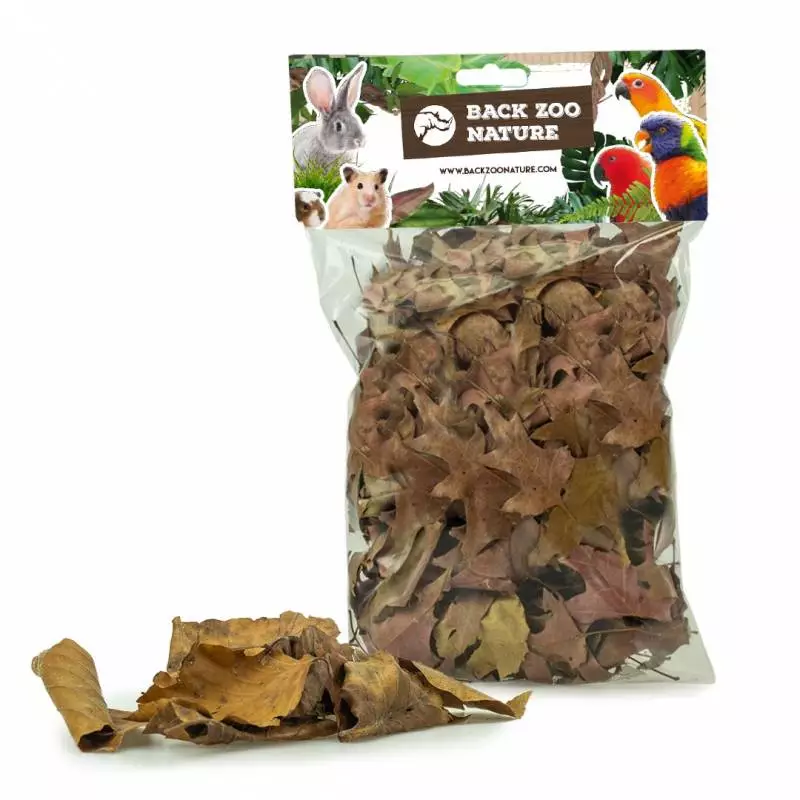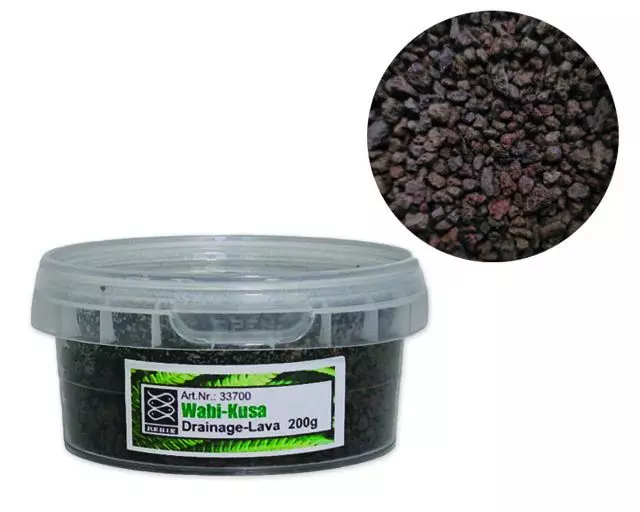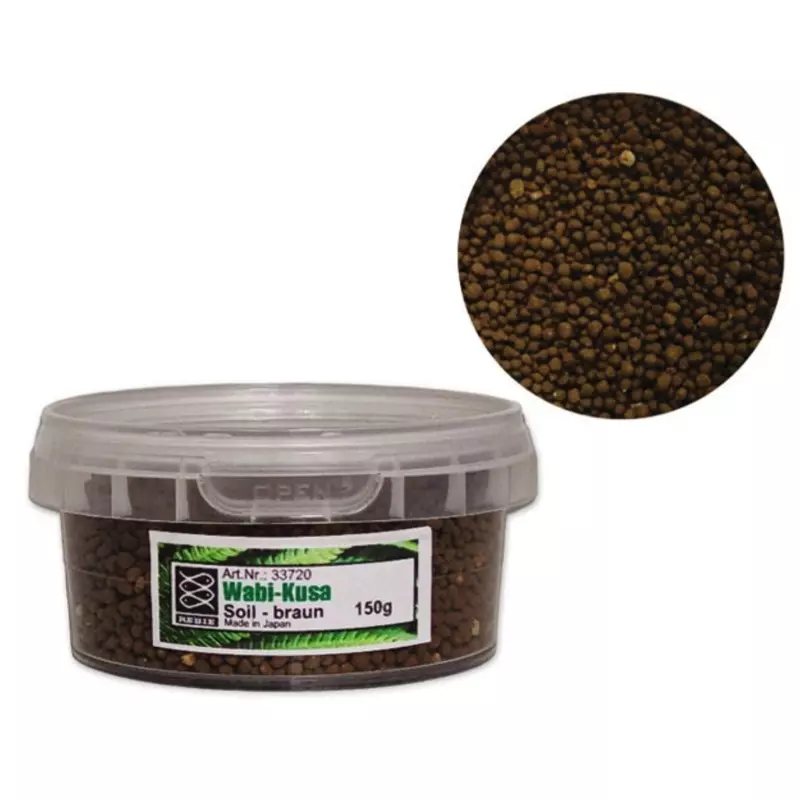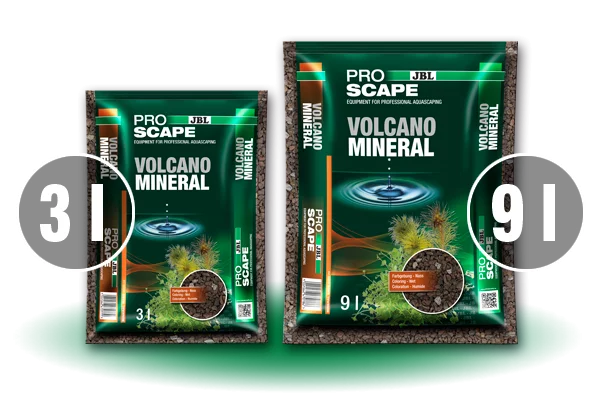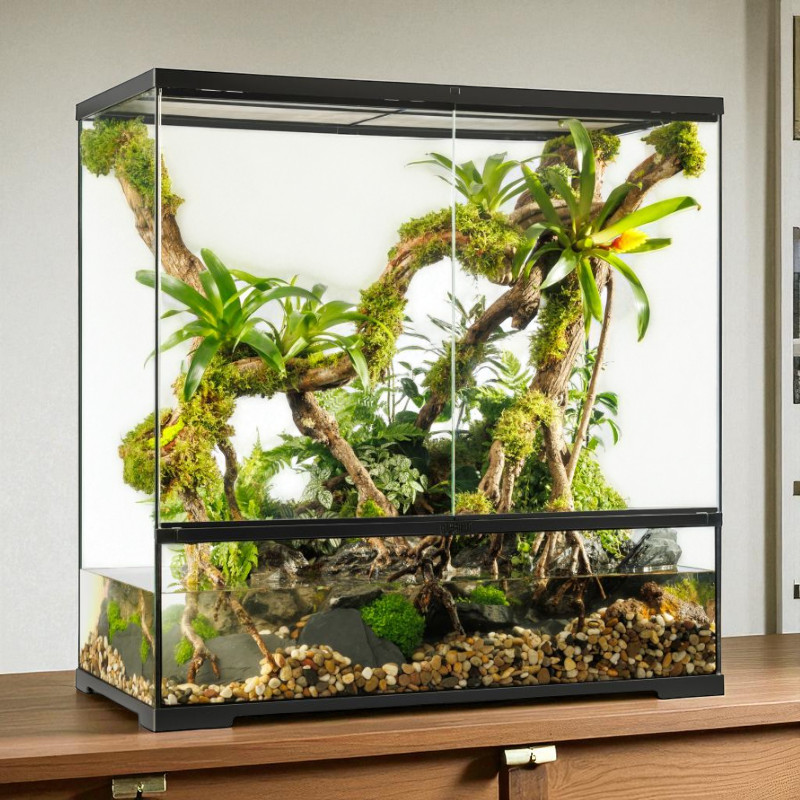
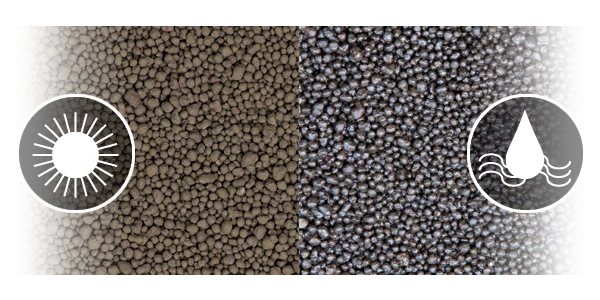
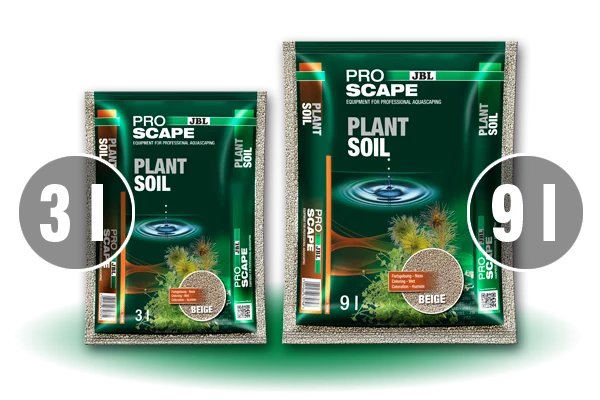
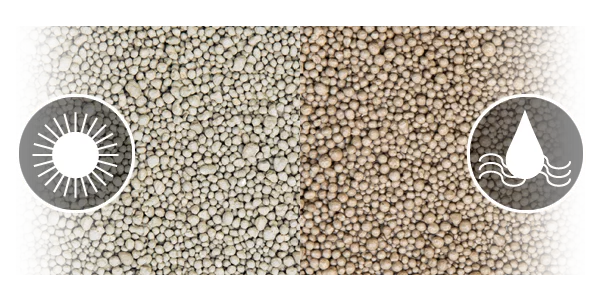












CHF 29.90
Stock: 4
Available, delivery time: 1-3 days

JBL ProScape PlantSoil - Brown or beige freshwater substrate for aquascaping
- Complete nutrient substrate for aquatic plants: special substrate for aquascaping aquariums
- Vital plant growth: optimal oxygen supply and circulation due to medium grain size
- Immediate nutrient and mineral supply for plants
- Tropical water values: slightly acidic pH values and low carbonate hardness. Reduses water hardness – water becomes soft
Underwater gardener
Aquascaping is the term used to describe the technique of designing aquarium landscapes. This is the place for plant compositions, for the reproduction of a landscape above water or for natural biotopes. An aquascaping aquarium contains no or few fish and invertebrates. This way the nutrient supply for plants is reduced and their growth is limited. Nitrogens, phosphorus and other minerals become scarce substances and need precise re-dosing. The plants need light for their healthy growth in a beautiful underwater landscape, CO2 and the right nutrients.
Rich in minerals
ProScape soils are dedicated substrates which have been especially adapted to the requirements of the aquascapers. Soils are not neutral to water but have a softening effect. They make the water softer and acidify the water just enough to slide the pH value slightly into the acidic range. The JBL plant soils are rich in nutrients and supply the plants with both nutrients and minerals, whereas ShrimpsSoils are lower in nutrients.
Use:
Rinse the substrate briefly under tap water to wash away any abrasion caused in transport. To avoid accumulation of minerals in the water, carry out a 50 % water change every 2 to 3 days in the first two weeks after filling. The softening effect decreases in the course of time because the influence of the water values depend on the input water values and the intervals between the water changes.
Calculation formula for the right amount of substrate:
length (cm) x width (cm) x height (cm) : 1000 = litre JBL ProScape Plant Soil
| Color: | brown |
|---|
1 of 1 reviews
5 out of 5 stars
Login
21 March 2024 14:25
Bei Roco kaufe ich gerne
super zufrieden, vielen dank für das Produkt.
Customers also bought
Similar products
Customers also viewed



